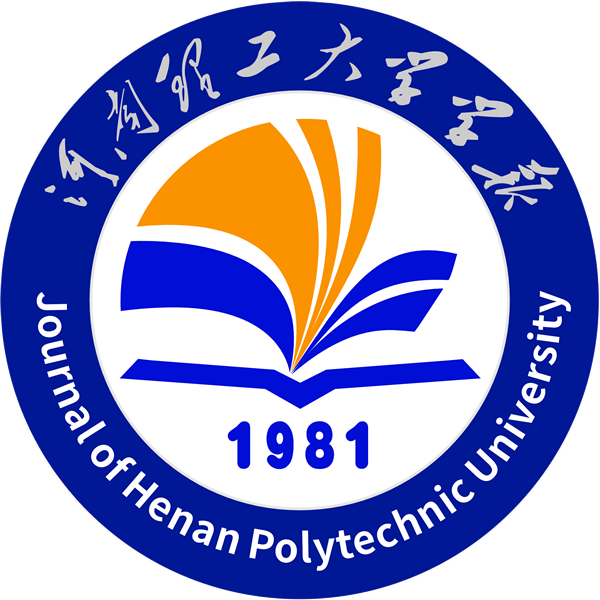| Author: Huang zhuyel, ni lingu, qiu haofg, wang zhenyu | Time: 2020-03-10 | Counts: |
doi:10.16186/j.cnki.1673-9787.2020.2.12
Received:2019/04/03
Revised:2019/05/11
Published:2020/03/15
Comparative study on four TMD vibration control simulation methods of wind turbine tower
HUANG Zhuye1, NI Ling1, QIU Haofeng1, WANG Zhenyu2
1.School of Civil Engineering and Architecture, Zhejiang University of Science and Technology, Hangzhou 310012 , Zhejiang, China;2.College of Civil Engineering and Architecture, Zhejiang University, Hangzhou 310027 , Zhejiang, China
Abstract:The increases of height and blade size of the wind turbine structure and the high-rise tower structures may generate obvious dynamic responses and large amplitude displacements, even happen with fatigue, buckling, sloping or overturning accidents under wind load. In this paper, taking a wind turbine structure of 1.5 MW as an example, the finite element model under wind load was established with ABAQUS software to analyze the vibration responses under the non-controlled status compared with other schemes of installing single tuned mass damper( STMD ) , bi-tuned mass dampers ( BTMDs) and quad-tuned mass dampers ( QTMDs ) , so as to put forward feasible suggestions for vibration control methods and effectively reduce the probability of accidents. The numerical results showed that when STMD was installed, the peak acceleration on the top of the wind turbine tower decreased by 37. 89% . Compared with non-controlled status, STMD had a good effect on the vibration control of the wind turbine, and the damping effect of installing STMD was better than BTMDs and QTMDs under the action of only low-order vibration mode.
Key words:wind turbine tower;structure vibration control;tuned mass damper control;finite element analysis;vibration response
- 附件【风机塔架4种TMD振动控制模拟比较研究_黄竹也.pdf】Download 次

